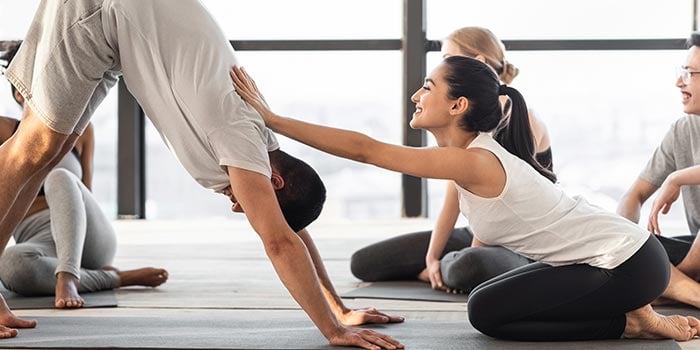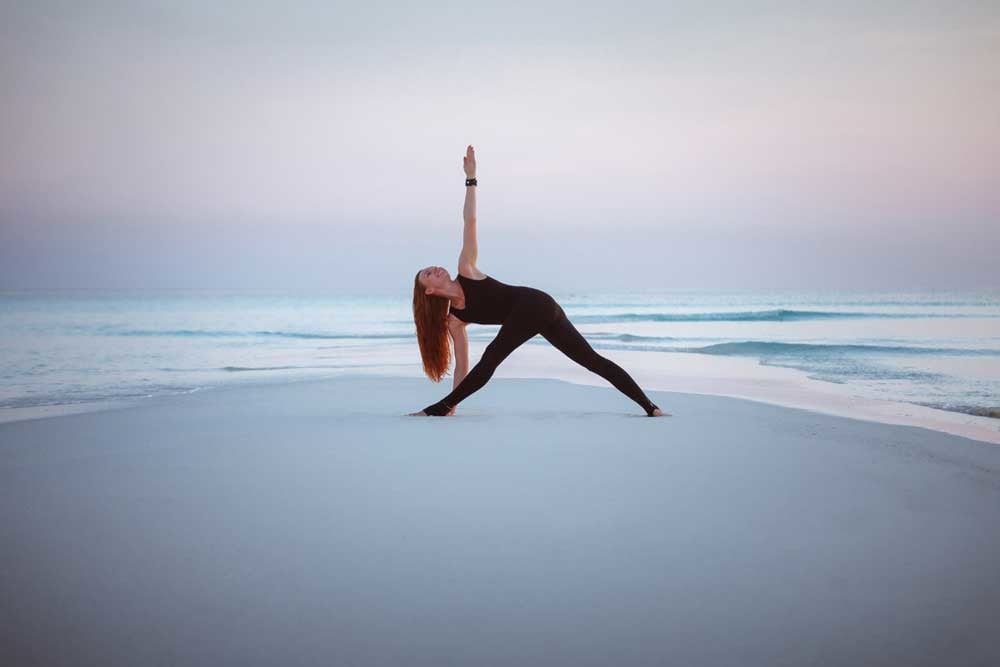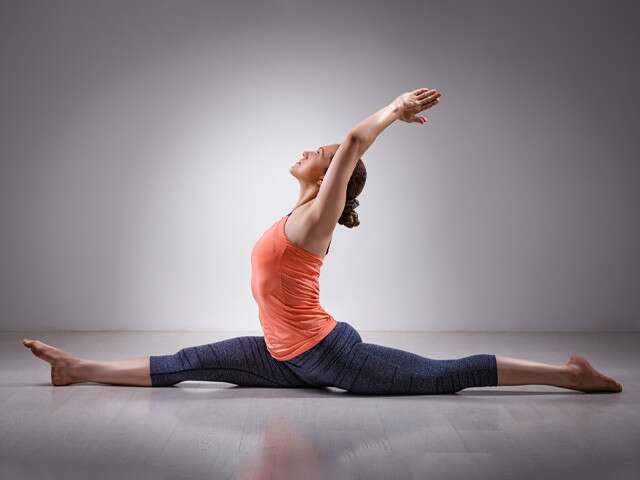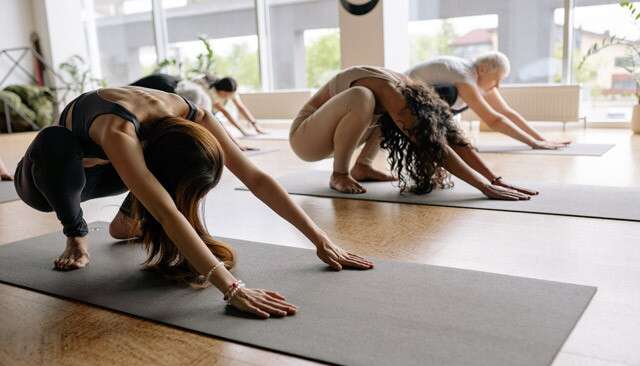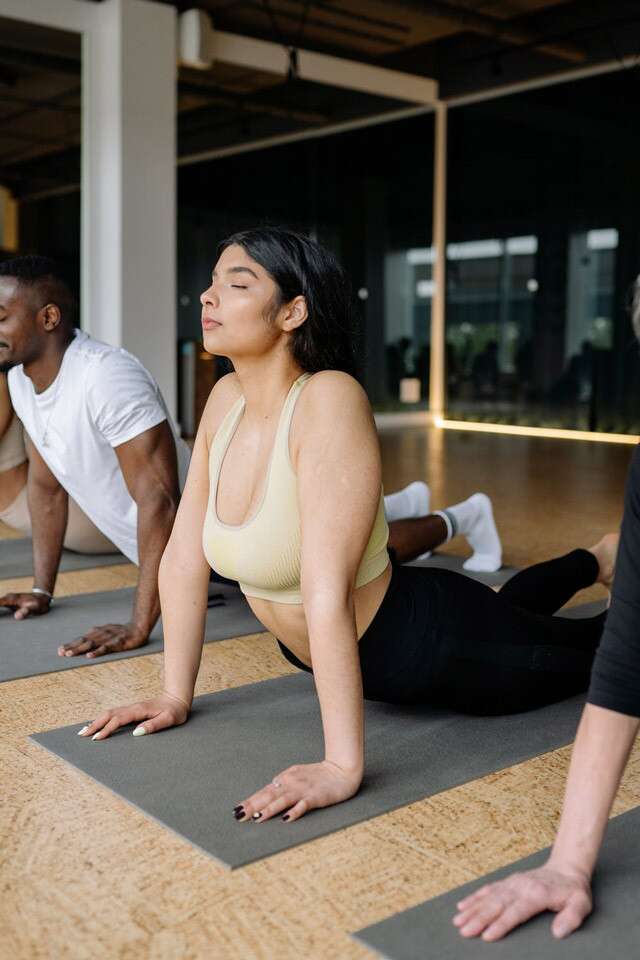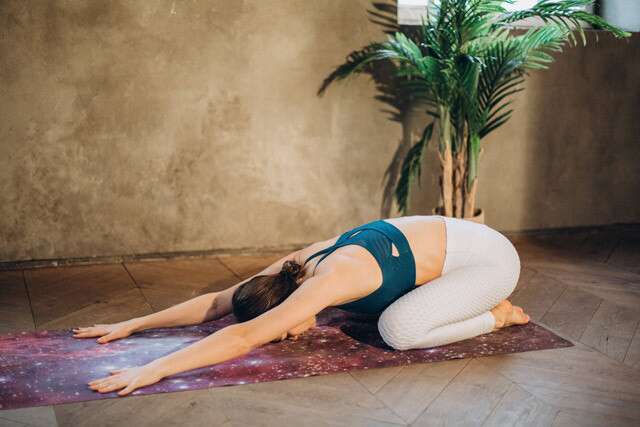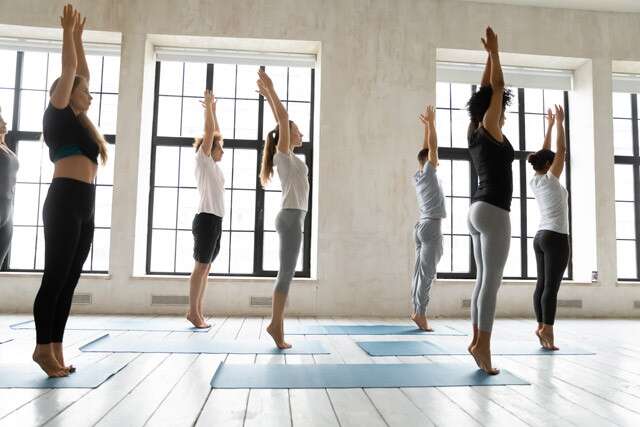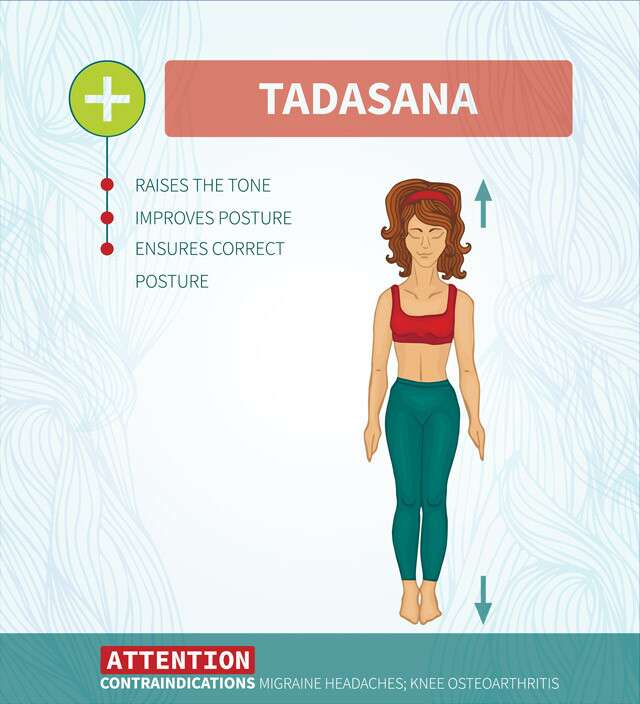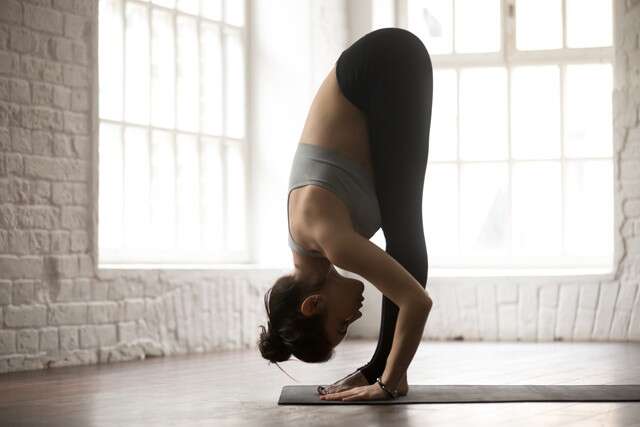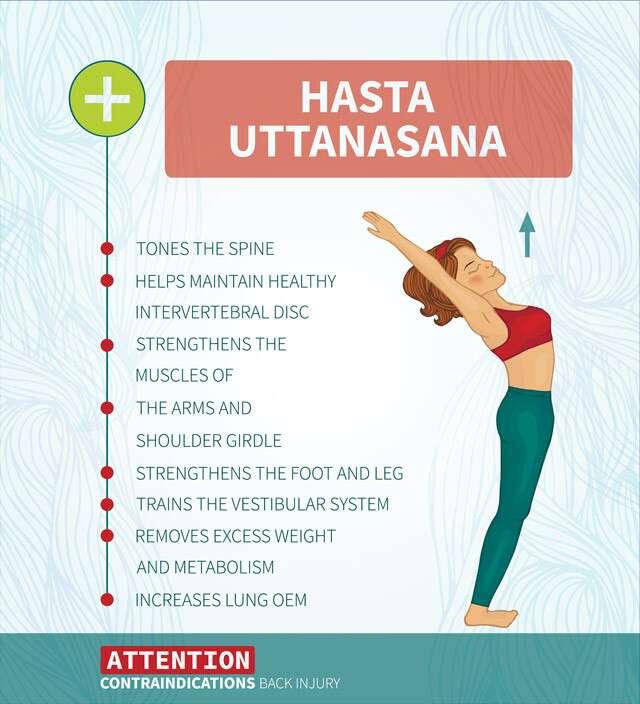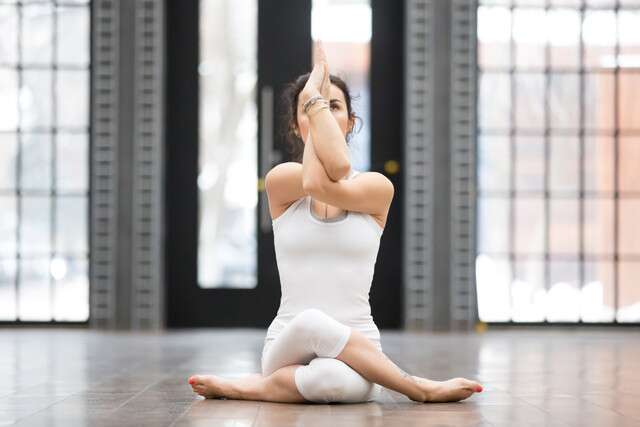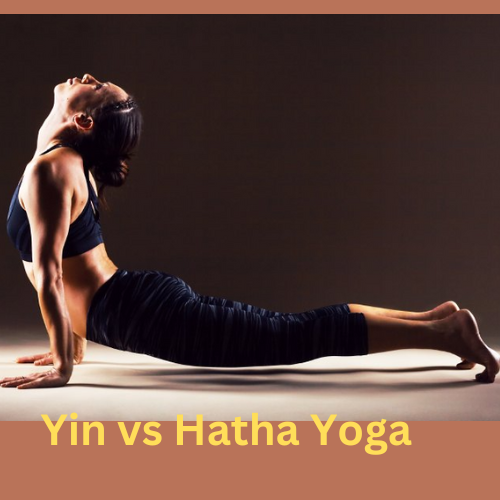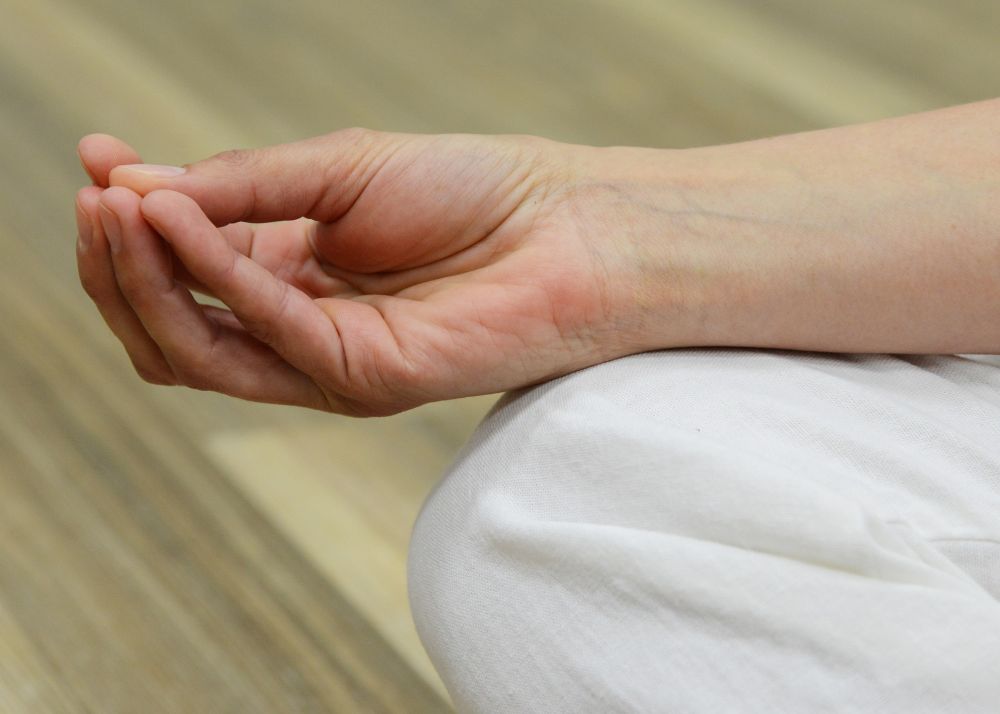
Hatha yoga is one of the many different styles of yoga. It’s a traditional kind of yoga that regroups many other types of yoga. It’s suitable for beginners and has plenty of benefits, including weight loss.
Many modern yoga styles are derived from Hatha Yoga. Power, Ashtanga, Vinyasa, Yin, Iyengar, Hot, Bikram yoga all originate from Hatha Yoga. It’s a classical style that combines postures (asanas) and breathing exercises (pranayama).
Traditionally, Hatha yoga isn’t just physical. It aims at elevating your consciousness. It prepares the body and the mind for physical, mental, and spiritual growth.
Today, Hatha yoga is used to design a well-balanced yoga practice. It’s a gentle and slow yoga style without compared to vigorous and intense sequences. A Hatha yoga class focuses on yoga fundamentals, which is perfect for beginners.
Hatha Yoga has many proven benefits for weight loss. Various techniques increase the physical and mental potential of practitioners and help lose weight. Hatha Yoga emphasizes proper breathing and diet to purify the body internally with a proven methodology.
Panaprium is proud to be 100% independent, free of any influence, and not sponsored. We carefully handpick products from brands we trust. Thank you so much for buying something through our link, as we may earn a commission that supports us.
The origins of Hatha Yoga
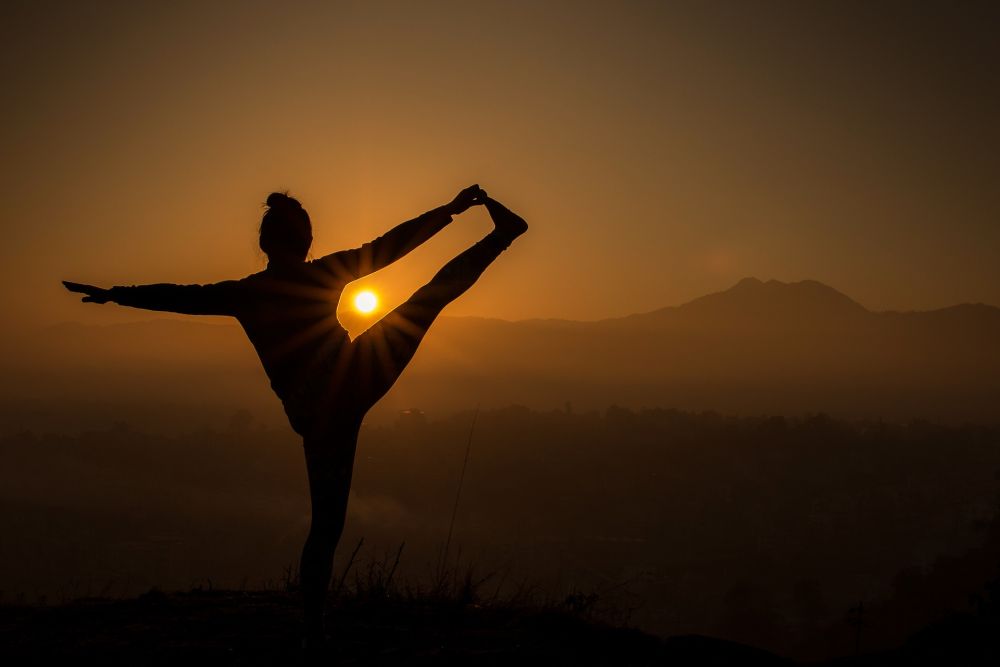
Many forms of modern yoga can be classified as Hatha Yoga. It’s a very ancient style of yoga that aims to balance the body, mind, and spirit together. By encompassing many newer types of yoga, Hatha yoga is a good yoga style to practice.
Hatha yoga usually refers to any type of yoga that includes the practice of asanas. By executing the different Hatha yoga poses, you become stronger and more focused. It’s a preparation for more difficult physical, mental, and spiritual challenges.
A Hatha yoga class includes gentle and slow-paced yoga sequences. It’s a great introduction to basic yoga postures. Plus, it leaves enough room for any beginner yogi to progress comfortably and safely.
Hatha Yoga is the most widely practiced style of yoga. In general, a yoga class named Hatha will be a good start to familiarize yourself with yoga. You probably won’t sweat but learn the fundamentals while feeling relaxed, calmed, and at peace.
Historically, Hatha Yoga has been practiced for ages in the Indian tradition. It has been available to anyone for a long time. It can be practiced by all, regardless of sex and age.
Hatha Yoga became very popular during the modern era. Many different Hatha Yoga schools were formed. A good Hatha Yoga student is described to be optimistic and patient. The practice of yoga requires commitment, discipline, and courage.
Hatha yoga also has plenty of positive effects on your health and body weight.
It’s much more than the practice of physical exercises (asanas). This type of practice also includes breathing exercises (pranayama). And it develops a sense of ethic, beginning with a healthy diet and cleansing.
Hatha Yoga also focuses on elevating the mental and spiritual self. Meditation and spiritual development are very much part of Hatha Yoga. This yoga style promotes a higher state of consciousness and spiritual liberation.
“Hatha Yoga is about creating a body that will not be a hurdle but a stepping stone to blossom into your ultimate possibility.”
– Sadhguru
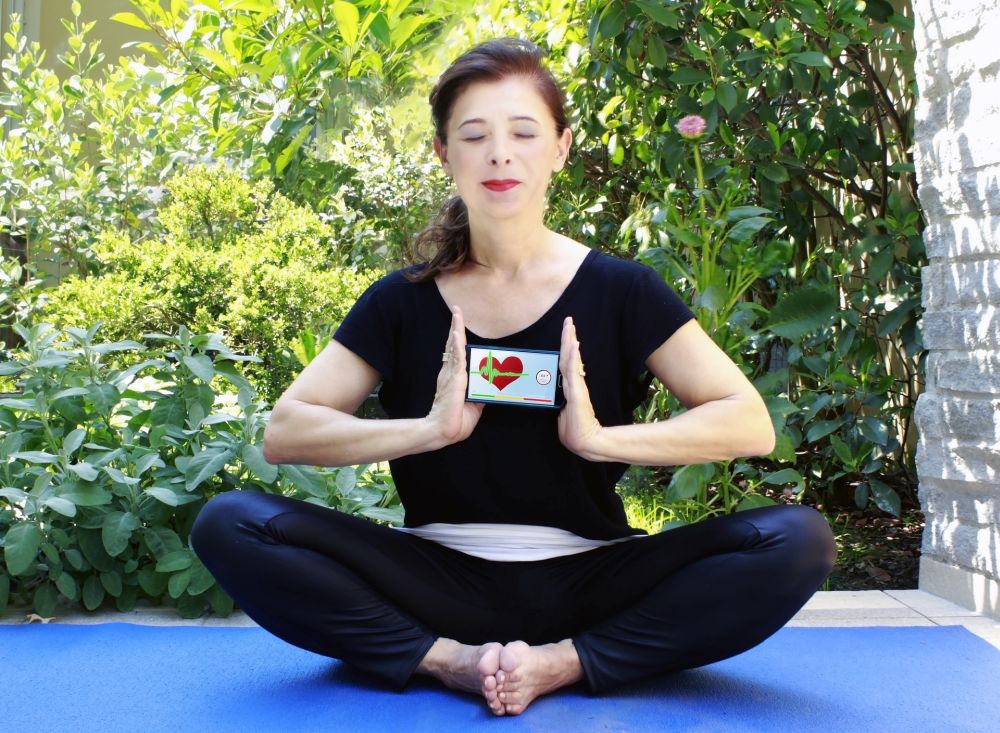
Many people practicing Hatha Yoga have noticed a significant reduction in their weight. Hatha Yoga is a great way to manage excess weight, as it requires discipline in diets and lifestyle.
It’s a very powerful way of life. It will bring you confidence, joy, happiness, and balance, making you at ease in any situation, and having the power to better yourself.
Here are some of the many benefits of Hatha Yoga for weight loss.
1. Better mood and no depression
Hatha Yoga combines deep breathing and physical exercises. They massage the organs, stimulate blood flow, and the nervous system, helping the production of endorphins that improves the mood and cures depression.
This type of yoga practice helps anyone relax and enjoy life. As in restorative yoga, holding the poses makes you feel better and fills you with positive energy.
2. Greater strength and flexibility
Many Hatha Yoga poses increases your strength and flexibility. It makes you hold the postures for a long time and multiple times during practice. This builds strong muscles and stretches them equally.
Bigger longer muscles need more energy to function. It results in burning more calories and weight loss, even when at rest and not exercising.
3. More balance and endurance
An increase in stamina and stability is noticeable when practicing Hatha Yoga regularly. This has a direct impact on your posture and your confidence.
A lot of Hatha Yoga poses are challenging and improve your ability to avoid falling.
4. Less stress and anxiety
Hatha Yoga is very well known to relieve stress and anxiety. Using restorative and meditative poses, this style of yoga favors deep relaxation and inner calm.
It’s a great way to calm down after a busy and stop racing thoughts.
Stress is a major factor in weight gain. Hatha Yoga prevents overeating and poor diet choices by effectively getting rid of worrying thoughts and managing emotions.
5. Increased focus and mindfulness
Regular Hatha Yoga practice is beneficial for your cognitive function. Holding the poses increases your focus and concentration. It is awesome to create a sense of balance and cut out unhealthy desires.
Being more mindful and aware of your body, thoughts and emotions are one of the many Hatha Yoga benefits for weight loss. You are then more sensitive to hunger and the feeling of fullness.
6. Faster metabolism and more energy
Hatha Yoga raises your heart rate and improves your blood flow. This results in an increase in metabolic function and better overall energy.
The physical exercises are very beneficial for weight loss. The rate at which your body burn calories rises. This allows you to burn excess body fat more efficiently.
7. Chronic pain and stiffness reduction
A Hatha Yoga practice increases your range of motion. It strengthens your joints and removes any stiffness. You will improve your mobility by a lot when doing the exercises.
Many postures stimulate your spine and nervous system. It improves your back health and prevents disabilities. This is a very effective way to treat chronic pain and assist in recovery.
8. Better heart health and blood circulation
Hatha Yoga when practiced regularly is a good treatment for high and low blood pressure.
It’s a proven way to reduce the risk of cardiovascular diseases. Plus, the blood flow and circulation throughout the body increases.
9. Deep sleep and no insomnia

The Hatha Yoga poses participate in reducing stress and tension in the body. It encourages you to think positively and to focus on your breath and body during practice.
This is amazing to teach the mind to calm down even when the body is very active. Overall, stress reduction will help you sleep better and find inner peace.
10. Better digestion and purification
Eliminating toxins is one more of the Hatha Yoga benefits for weight loss. By massaging the abdominals, visceral muscles and organs are stimulated. It encourages the kidneys, liver, and pancreas to work properly.
Moreover, the digestive system will work better. Many asanas can facilitate intestinal transit and let food pass through the body more effectively. Good digestion has positive effects on your overall health and helps lose weight.
[……]
Read more
